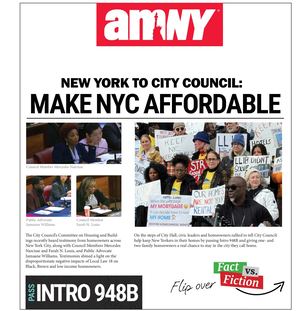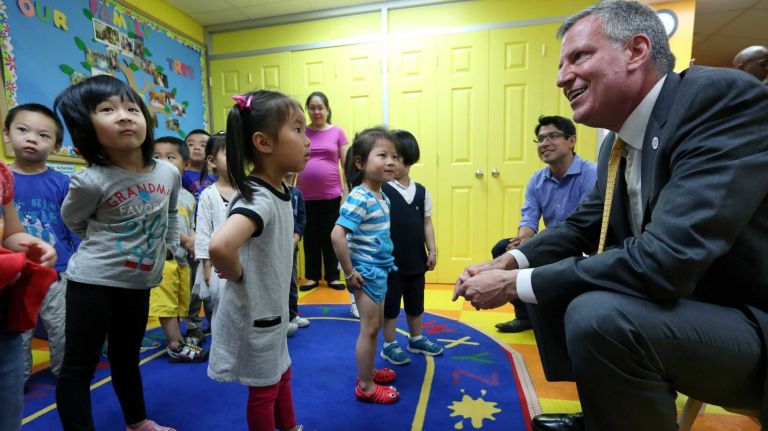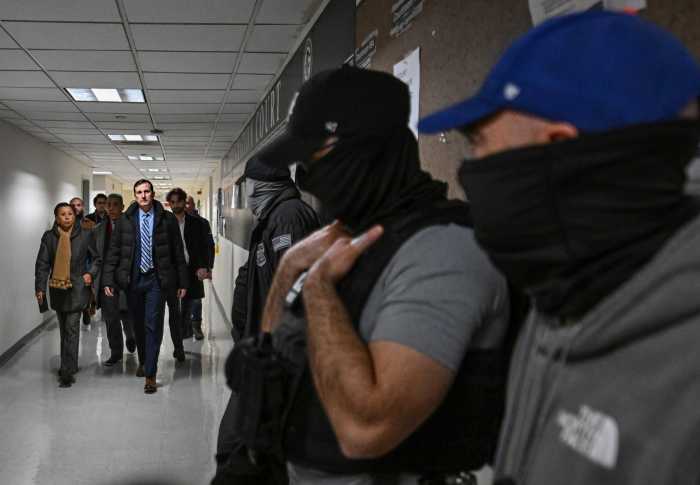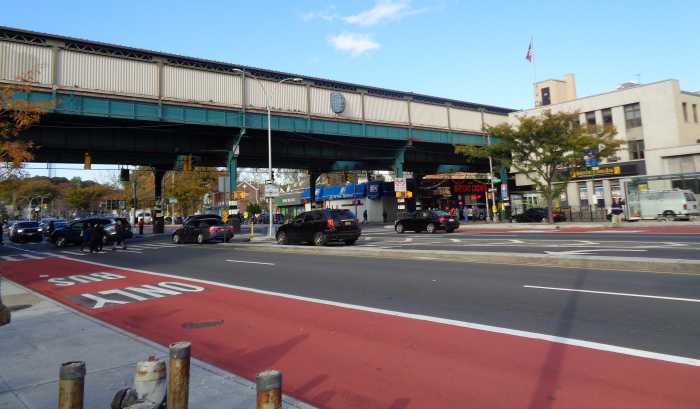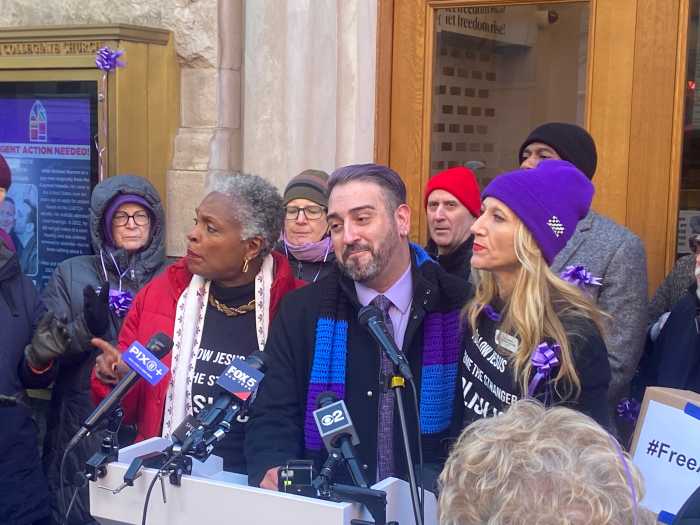
Mayor Bill de Blasio and the Department of Education have rejected a chance to commit to smaller class sizes in public schools. The move reflects a broken promise from de Blasio, who campaigned on reducing the number of children per classroom.
A task force, composed of city officials, advocates and other stakeholders, recommended reforms to the so-called “Blue Book,” a document that details how every city school utilizes its space, and the available space each school building has, based on the number of rooms and kids.
City officials accepted many of that task force’s recommendations. But last week, they rejected the most significant proposal: to align the Blue Book with lower class sizes.
The proposal would have used a lower number of kids per class to determine how many classrooms were needed for each school’s total student population. With smaller class sizes, more rooms would be needed for the same number of children.
Eight years ago, a state law dubbed the Contracts for Excellence required New York City to reduce class sizes in exchange for additional funding. Kindergarten classes weren’t to reach above 20 children; fifth grade, no more than 23.
But 25 kids in kindergarten and 30 in second grade remain typical. City officials said the state hasn’t done its part to provide funding increases in recent years, which could reduce class sizes.
Having fewer children in a class is key to improving schools. As a candidate, de Blasio said he’d support lower Blue Book class size levels. As mayor, he showed last week how little that meant.
A Department of Education spokesman said reducing class size is a “critical goal.” We haven’t seen the proof.
Accepting the Blue Book recommendation wouldn’t have forced class size reductions. But it would’ve signaled that the issue matters. Instead, even in a move mostly about perception, city officials failed to do the right thing.
